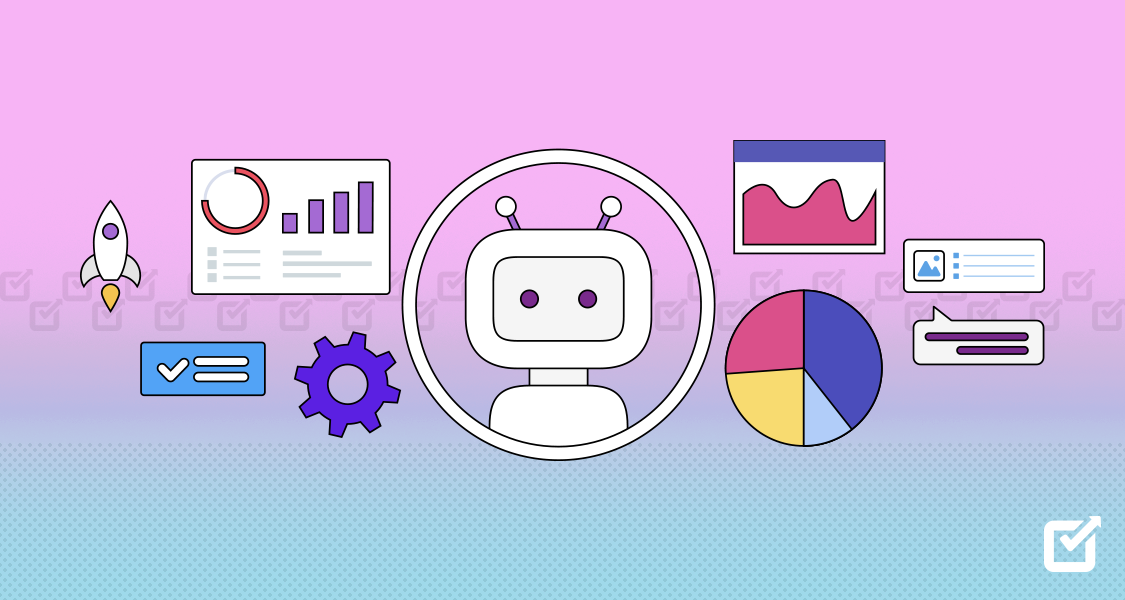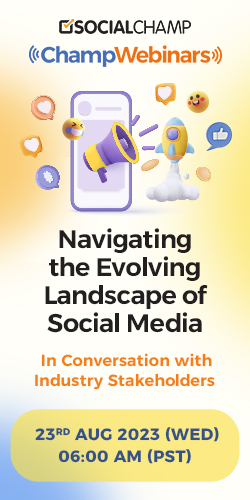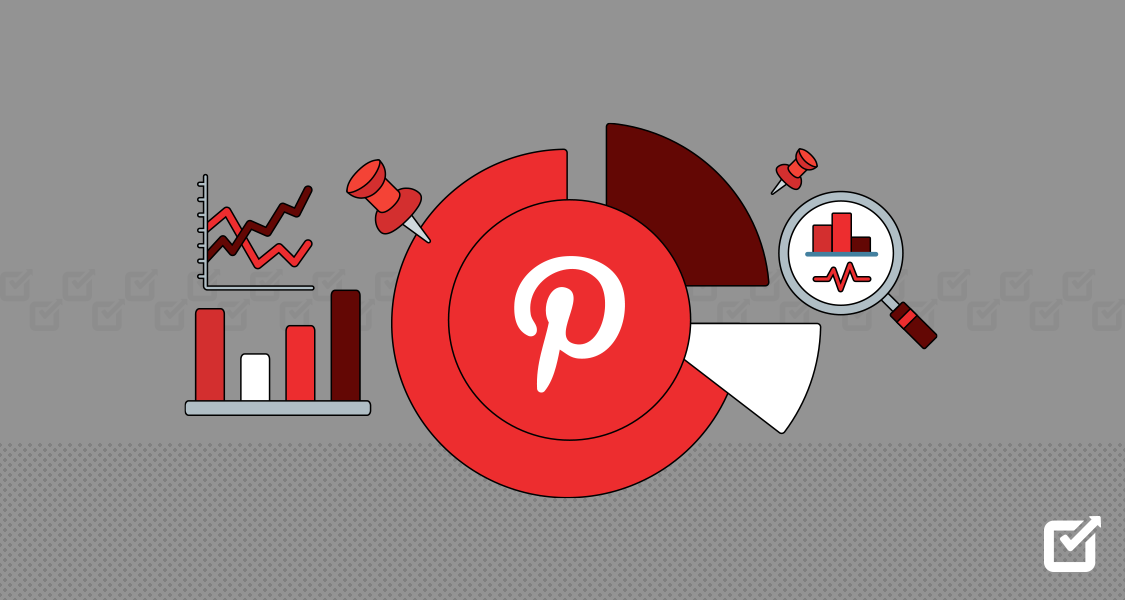Are you interested in launching a chatbot for your website or business but afraid of keeping track of its progress? In that case, chatbot analytics is the perfect solution to cater to your needs!
In today’s world of automation, machinery, and technology, chatbots have become one of the most powerful and popular tools. They have now become indispensable tools for organizations, easing consumer interactions and improving user satisfaction.
But in order to fully benefit from this technology, it is necessary to be aware of the essential metrics. Not only will it improve your business strategy, but it will also help you gain valuable profits. For perspective, 35% of businesses prefer to use a chatbot.
Now, let’s dive deep to explore chatbot analytics more. The following article will assist you in understanding what are chatbot analytics, why they are important, what the crucial chatbot analytics KPIs are to track, and what chatbot metrics to track in 2024.
While tracking Chatbot analytics, keep in mind to track platform metrics as well using a social media management tool.
Upgrade Your Chatbot Analytics Game With Social Champ
Start making data-driven decisions today and take your conversational AI strategy to the next level!
What Are Chatbot Analytics?

Chatbot analytics is the collection, analysis, and interpretation of data about chatbot functionality and interactions. Understanding chatbot analytics is way simpler than you might think. Whenever a chatbot interacts with a user, it collects a lot of data.
This data might include the length and duration of the conversation, the number of satisfied or disappointed customers, the total number of people who approached, frequently asked questions, etc. It analyzes the data mainly based on engagement and possession.
Going through this data gives us a detailed account of how our chatbot is performing and whether it stands to fulfill the desired criteria of customer service.
Chatbot analytics usually depend on tracking a variety of metrics to monitor the effective functioning of your chatbot. These metrics help in generating a mind map, which ultimately provides a great plan of action to achieve your business objectives.
Conversation flow analysis is a key component of chatbot analytics. Assessing the coherence and efficacy of the conversation entails monitoring the flow of messages that users and chatbots exchange.
Why Are Chatbot Analytics Important?

Chatbot analytics tools like YouTube analytics, Instagram analytics, and LinkedIn analytics are crucial implements that help us understand the functional efficacy of our chatbot. The importance of chatbots for data analytics is reflected in the way they work and the outcomes it produce.
As of today’s date, hundreds of companies are using chatbots as a vital part of their setup, but they often keep making the same mistakes by not keeping track of their performance and efficiency. Considering all the hard work and efforts united, at the end of the day, it all becomes worthless if the customer is not satisfied.
With the increasing number of Chatbot users comes increased competition. Maintaining a successful competitive edge is the only way to stand out in this crowded industry.
This is where chatbot analytics plays its role, which helps us determine the perimeters of improvements to achieve maximum customer contentment. Not only this but chatbot data analytics tools are proven to be beneficial in many other ways, which include the following:
Understanding Social Media Analytics via Chatbot Analytics Tools
Social media analytics are crucial for understanding your audience, content performance, and overall brand presence. Chatbot data analytics tools can help you achieve that across different social media channels, like Pinterest analytics, TikTok analytics, Twitter Analytics, and more.
Understanding User Expectations
Chatbot data analytics gives us a brief account of how different users communicate with the conversational agent. It plays a crucial role in making close assumptions about what the user expects and how we can provide it better. While seeking answers, 75% of people tend to interact with chatbots.
Assessment of Performance and Efficiency
Launching a chatbot and forgetting to assess its performance is a foolish step to take. Keeping track of how your chatbot is performing, its efficiency, and its probable functionality is a critical thing to look at.
One way of determining the effectiveness of your chatbot is to analyze the completion and flow of the conversation. The rates of completion and dropouts usually indicate the number of pleased customers.
Focus on Weak Points
In the continuous effort to make everything work perfectly, we often fail to identify and work on the weak points of our strategy.
The collection of useful data by using several chatbot analytics platforms helps us to first identify the areas for improvement and then plan our strategies accordingly for a better and more effective output.
Complying With Business Objectives
Organizations can match chatbot strategies to broader business objectives by using chatbots for data analytics. Organizations can make sure chatbots are contributing significantly to their goals by monitoring indicators like job completion rates and user happiness that directly affect business outcomes.
Decision Making
The use of Chatbot Analytics can affect your decision-making skills to a great extent. Getting the data coming from user interactions and analyzing it properly on correct metrics can help transform your strategic makeup as well as assist in constructing a powerful decision.
Task Completion Rates
Monitoring the task completion rates indicates good functioning. It ultimately ends up creating a wave of motivation among workers.
Aiding Your Human Workers
An efficiently working chatbot aids your human fellows in multiple ways. If the customers keep asking the same questions to your human fellows even after approaching the chatbot, it means that there is still some work to be done. However, if the chatbot works well enough, then the workload for human workers keeps decreasing.
Featured Article: 15+ Powerful Social Media Marketing Tips for Businesses in 2025
What Are the Crucial Chatbot Analytics KPIs to Track?

Every single time our chatbot interacts with a user, it generates some data that we can gather and analyze with the use of a wide range of chatbot analytics tools.
KPIs stand for Key Performance Indicators, which include criteria such as the number of successful interactions or leads generated by your chatbot.
Observing KPIs can help you make changes to your chatbot and improve it over time. Some of the crucial chatbot analytics KPIs to track are as follows:
Conversational Flow
Analyze how fluently the conversation goes and if the customer is satisfied at the end of it.
Time Duration of the Interaction
Measuring how long the user interacts with the conversational agent.
User Retention Rates
Measuring how many customers return to the chatbot for another conversation.
User Drop-off Rates
Estimating the number of consumers who dropped the conversation in between.
Intent Analysis
Understanding the intent of the customer usually helps in pleasing them. This is why identifying and analyzing the intent of the user is important as well.
Task Completion Rates
Collect and record the number of tasks that were completed, along with the accomplishment of user satisfaction.
Customer Journey Integration
One should be able to assess whether the journey of the customer during his approach has remained calm and simple. And if the chatbot is playing a role in enhancing the quality of their journey.
Featured Article: How to Get in Touch with LinkedIn Customer Support
Chatbot Metrics To Track In 2025
Metrics are quantitative measurements used to monitor and evaluate the state of particular business processes. As we know, metrics are measurements by which we can gather customer feedback data in the form of mathematical quantities.
Keeping an eye on different metrics using different chatbot analytics platforms helps us to understand the needs of our customers and plan a steady outcome according to the results. Besides increasing business outcomes, it’s a productive way to improve the capabilities of your chatbot and make it user-friendly.
While you’re busy with your chatbot analytics, don’t forget to track some of these essential metrics, which are listed, especially by keeping today’s needs in mind.
User Engagement Metrics
It inquires about how the chatbot interacts with its audience. Keeping a check of whether the users find it friendly enough or not? User engagement metrics analyze the following aspects of conversation:
- The average session duration
- Number of sessions
- The percentage of customers who willingly approach for further assistance.
Bot Messages
The messages sent by the chatbot during the conversation are known as bot messages. Keeping a count of bot messages is indicative of a better customer experience.
User Messages
These are the messages sent by the user during a conversation. The total number of these messages lets us know the user’s interest in the conversation. If the number is low, then some alternative methods of communication should be used.
Miss Messages
The messages that the chatbot has failed to interpret are known as missed messages. A high number of missed messages indicates the malfunction of the chatbot, and hence, room for improvement is seen.
Response Time Metrics
Response time metrics are another category that gives us information about how long the chatbot has taken to respond to the user and what the maximum time it has taken to respond so far is.
Goal Completion Rate
Keep an eye on how well the chatbot helps people finish what they want to do. If users can easily achieve their goals with the chatbot, it means the chatbot is doing a good job.
Media Interaction Rates
Look at how well the chatbot deals with pictures, videos, or audio. People use all sorts of media, so it’s important that the chatbot can handle them well to keep conversations interesting.
Conversation Flow Metrics
See how the chatbot talks with people. Check if the conversation goes smoothly or if there are any problems. This helps improve how the chatbot talks and makes sure conversations are easy for everyone.
Sentiment Analysis Metrics
It aids in identifying the positive or negative sentiments of the customers during the conversation. It, in turn, helps provide suitable content for each customer according to their personal emotional preferences.
User Intent Metrics
The user intent metrics work on two broad domains :
· Intent Categorization:
First, it goes thoroughly through customers’ queries to find out their actual intent.
· Intent Accuracy:
Secondly, it helps in addressing the user’s intent in a valuable manner.
User Feedback Metrics
The key to improvement is getting feedback and making continuous adaptations according to it. User Feedback Metrics collects a quantitative measure of either positive or negative feedback by looking into :
· User Satisfaction Score:
The higher the user satisfaction score, the more positive feedback is expected to be.· Analyzing User Comments:
Analysis of user’s comments, remarks, or suggestions gives an idea of how far the customer has been satisfied.Language Understanding and Generation
The ability of the chatbot to comprehend or understand the language of the user, along with generating efficient, fluent sentences, is yet another perimeter of measurement. This is achieved by analyzing two very important aspects of the chatbot’s functionality:
- Natural language understanding accuracy.
- Natural language generation quality.
New Conversations
It is a quantitative measurement of how many new conversations have been recorded each day or at a particularly targeted time. This precise information is useful for understanding how well the chatbot can meet the user’s needs.
Failure Rate
For a chatbot to work effectively, not only the success rate but also proper monitoring of the failure rate is also important. It analyzes and counts the situations where the chatbot has not been able to perform well due to any circumstances. The average failure rate is determined by recording multiple parameters, such as:
· Confusion Rates:
Check how many times people feel confused by the chatbot’s answers. This helps understand when the chatbot might not be clear, and adjustments can be made to make things easier for users.
· Human Takeover Rates:
See how often a human needs to step in or take control during a chat. If humans have to help a lot, it means the chatbot might struggle with complex questions. Keeping an eye on this helps understand when humans need to pitch in.
· Reset Rates:
Count how many times users decide to start the chat over. If this happens a lot, it could mean users are not happy or are frustrated with the chatbot’s responses. Watching reset rates helps find areas where the chatbot can be improved to make conversations smoother for users.
Proactive Outreach Success
See how well the chatbot starts conversations without waiting for users. If it can reach out first and talk well, it’s doing a good job. Keeping an eye on this helps make sure the chatbot is good at starting conversations and making users feel important.
Conclusion
To sum it up, checking how your chatbot is doing with analytics is important.
Look at things like how people talk to it, what they ask, and if they’re happy with it. This helps you make the chatbot better by fixing any issues and making it more useful.
It’s like looking at a report card to see how well your chatbot is working and making it even smarter and friendlier for everyone. So, just keep an eye on these things and make your chatbot the best it can be!
FAQs
1. How do I find the right chatbot analytics tools?
Pick tools with simple interfaces for quick understanding. Also, select a tool that can grow with your chatbot, as you need more features.
2. What things should I inquire about in a chatbot analytics dashboard?
Error tracking helps you fix any problems, and demographic data gives insights into your audience.
Make sure the dashboard is user-friendly and provides real-time data so you can quickly see how well your chatbot is performing and make improvements as needed.















